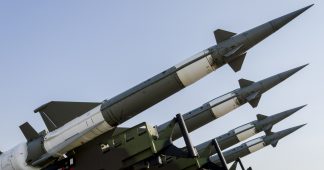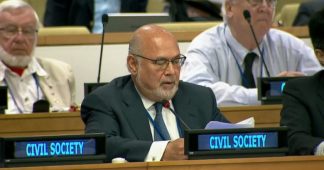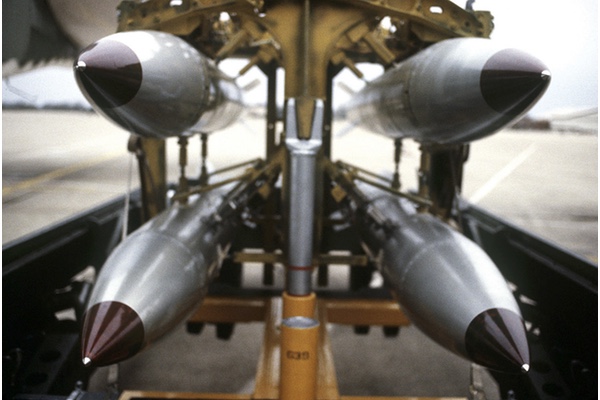By Raymond Graap
and Schuyler Hilts Special to the Arizona Daily Star
On the morning of Friday, July 7, 2017, the United Nations adopted the Treaty on the Prohibition of Nuclear Weapons, which bans and makes it illegal to possess, use, produce, transfer, acquire, stockpile or deploy nuclear weapons.
This was the culmination of 10 years of preparation by many national and international organizations. It was signed and approved by 122 of the 123 participant nations, representing two-thirds of the nations in the UN.
None of the nuclear-weapons nations participated.
The argument of deterrence is still clung to, but the failure of this policy is never discussed. If a nuclear-armed nation was attacked, either by intention or error, the expected response would be retaliation with a bevy of nuclear weapons.
These weapons are indiscriminate and would invariably kill and wound millions of civilians, with no possibility of medical response.
You end up with two destroyed, or partially destroyed, countries. What happens next?
There is unimaginable suffering among the survivors. Operational infrastructure is gone. Would other nations respond, and how? What steps would need to be taken for protection against a drifting radioactive cloud? The impact on global stability, both environmental and political, would be profound and prolonged.
An Israeli defense official was once asked whether he feared a nuclear attack from Iran. He responded “No. Why would they want to destroy their own country?”
Donald Trump, after being briefed on the nuclear-weapons issue, initially responded: “If we can’t use them, then why do we have them?”
A sage assessment, but he has since gone off the rails with very strong support of modernizing and replacing the entire nuclear triad of bombers, submarines and land missiles. Estimated cost: $1 trillion of our tax money over the next 30 years, sending exactly the wrong message to the other nuclear nations, now bent on doing the same.
There have been five instances when a nuclear war nearly started.
One was a U.S. weather rocket launched from Norway, misinterpreted by Russia as an attack from a nuclear submarine. The rocket was following the same trajectory, and then-President Boris Yeltsin actually opened the nuclear control box. One person on the analysis evaluation team stopped the response at the last moment, when he determined that the trajectory was veering off.
Notification of the test was passed to all the nearby nations, as part of a mandatory procedure, but one person in the Russian chain of command had failed to pass it on! One person at fault, one person taking us to the brink of a global catastrophe. The other close calls were very, very similar.
It is said that an unstable person should not be able to have a finger on the nuclear weapons trigger.
But why should any one person — or even a few people — have the capacity to cause widespread global destruction? The North Korea crisis is a prime example of why these weapons do not belong in human hands. The only fail-safe way to prevent a catastrophe is to eliminate the existence of nuclear weapons; any number above zero should be unacceptable.
Will the ban treaty be easily ratified by all nations? No. But the treaty, for the first time in history, makes nuclear weapons illegal by international law. It makes the issue permanently visible and gives the goal a greater opportunity to be reached.
For our survival, it has to be.











